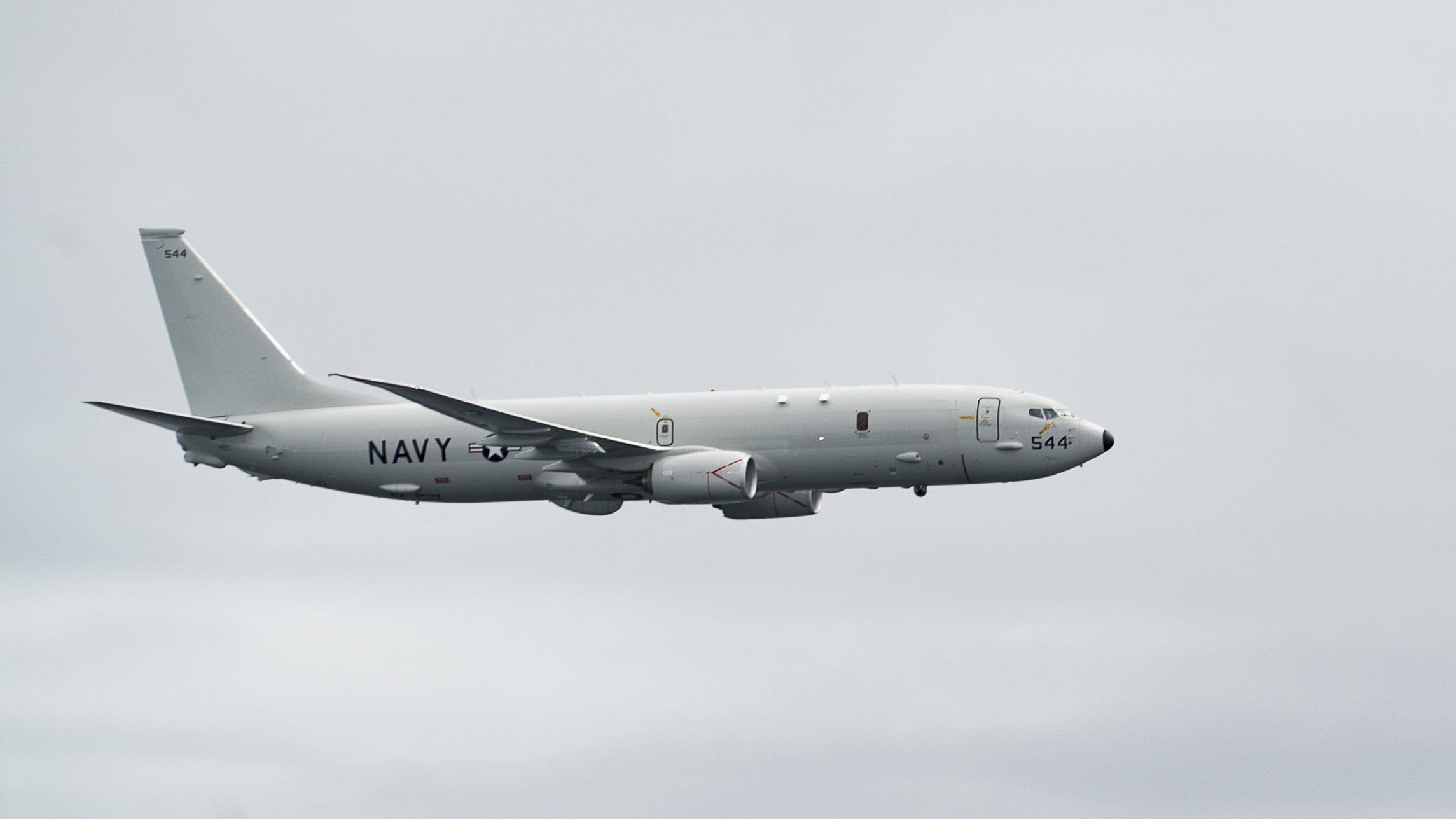Andalusia’s first nanosatellite will go into orbit in October on a Donana-based mission

Andalusia’s first nanosatellite will be in space in October. It is part of the SmartFood programme, a collaboration between the junta’s Ministry of Agriculture and LifeWatch ERIC, the European consortium for technology infrastructures and open digital data innovation to preserve biodiversity and ecosystems. It has an investment of €4.9 million co-financed by the Board of Directors and European FEDER funds allocated by the Ministry of Science and Innovation for the Andalusian Autonomous Community.
The goal of the program is to develop Available for the primary sector Monitoring technological infrastructure to conduct an innovative follow-up to The effects of exploitative practices natural resources, generating new knowledge of the sustainable management of the respective ecosystems.
The nanosatellite is manufactured by the company Open Cosmos, originally founded in Andalusia (Cádiz). The company responsible for launching it into orbit is X space It will do so using a Falcon 9 launcher from one of its bases in the United States, Florida or California. It is a nanosatellite equipped with a high-resolution multispectral camera.
This device will be part of a file Constellation of 12 satellites to monitor the Earth. In this way, access to the images taken by the rest of the satellites in the said constellation became possible.
Green Charter and Blue Growth
“This is how the goal of thinking globally and acting locally becomes a reality, within the framework of the EU’s Green and Blue Growth Pact in synergy with the 2030 Sustainable Development Goals,” he says. Juan Miguel González Aranda, Chief Technology Officer, LifeWatch ERICand Director of the Joint Facility in Spain.
The project will allow the interpretation of (descriptive) data on biodiversity at three levels: a microscope focused on soil microorganisms and marine plankton; Another medium scale with sensors, drones, etc. Which provides information, real-time or historical (publications, existing databases) on scale of human activity; and another macroscopic scale This will allow to compare, with the latest technology, what is happening in different parts of the planet through the use of the aforementioned nanosatellite.
Andalusian achievement
“LifeWatch ERIC is one of the entities that enhances the size of the Andalusian spatial ecosystem, and has re-evaluated by choosing the city of Seville as the headquarters of the Spanish Space Agency”, confirms its General Technical Director – CTO-, Juan Miguel González Aranda.
The task of operating the nano-satellite with a technology designed by a team of Andalusian experts headed by Eng Jaime the wolf – Experienced in the European Union Space Program Agency (EUSPA) – Will be managed from Donana. Specifically from eBRIC (Matalascañas-Almonte, Huelva).
LifeWatch ERIC has already reached an agreement with the University of Huelva to locate its headquarters in Doñana Natural Areain the buildings configured at that time for the International Center for Ecological and Environmental Studies and Conventions (CIECEM), located in the Donar de Matalascañas Park.
The headquarters will be in the CIECEM premises in Parque Dunar de Matalascañas
LifeWatch ERIC e-BRIC is an international reference center for Europe, Africa, Latin America and the Caribbean. lined up with United nationsThrough the Office of Biological Diversity and Climate Change of UNOOSA, the United Nations agency associated with space sector activity.
between regions Research, development and innovation Which e-BRIC has planned to enhance are: coherent sensing at the ground level, at the atmospheric level (monitoring stations, drones) and at the spatial level (satellites); the study of invasive species in ecosystems; preservation of aquifers; protection of local flora and fauna; Virtual laboratories for scientific research in the computer “cloud”, etc. By applying the “state of the art” of ICT such as Big Data, Artificial Intelligence “Deep Learning”, especially Blockchain through the platform LiveBlock.
Visit Counselor Crespo
Minister of Agriculture, Carmen Crespo, visited LifeWatch ERIC’s technology headquarters, where she highlighted “the importance of the research work that Lifewatch ERIC is doing with data that allows Make the right decisions The search for sustainable agriculture that preserves biodiversity, in addition to highlighting that integrated production takes place in Andalusia, with environmental and social sustainability.
For Crespo, it’sProud to lead the nanosatellite project, which will allow Agriculture 5.0. To modernize the sector and its technology. It will also allow the consumer to traceability and sustainability of products, remembering that in Andalusia for some crops the water and energy footprint is 20 times lower than that in Europe.”

“Future teen idol. Hardcore twitter trailblazer. Infuriatingly humble travel evangelist.”




:quality(85)/cloudfront-us-east-1.images.arcpublishing.com/infobae/BNGH73UCKQAZSQPCODUWO2BE5Y.jpg)





